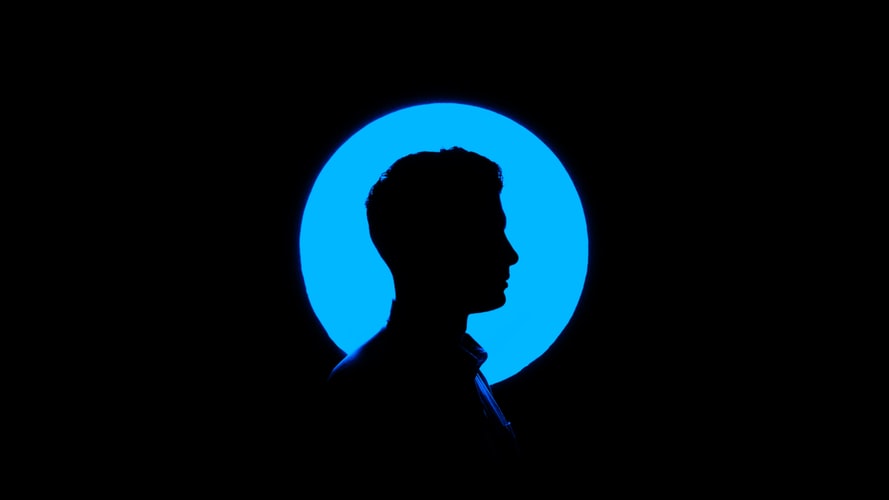We hear talk of “Service Design” as if it were something novel. Although the term helps to justify the point of Design beyond the borders of physical objects, it stirs up debate to other extents. A designer has never designed without others in mind.
For most, Design refers to stylish tables, stylish chairs, stylish lamps and even stylish car bodies. Put a white chair and a white couch in a room with white walls, and people will automatically label your place a “designer” one. Put a Carnival mask on a lamp from BHV or any other major department store, stick a big-name designer ticket on it, and you’ve got yourself a “designer” piece.
Defining what Design would or would not be is futile other than the meaning we entrust to it.
So, everything is Design? No, of course not. Design arises from the meaning we want it to have and that which it transmits to create value. This value may be strictly emotional or, on a more objective level, tangible and quantifiable. The parameters surrounding Design, such as function, ergonomics, the use of new materials and the changes impacting ecological, sociological, technological, economic and cultural contexts, constitute a mass whose purpose ranges from instilling meaning, something “better,” and depending on the context, to being more profitable, progress-stimulating or triggering emotion.
And it goes without saying that this applies to everything, be it not only products, packaging, space-gainers, interactive objects and graphics, but also homes, cities, businesses, political establishments, what we eat and medicine… LITERALLY everything!
Design has never been as relevant as it is today when it comes to “making sense” in a world turned upside-down by extreme shifts in every imaginable direction and area. Culture, environmental, sociological, technology and digital shock abound. Even our very own death, which, up to now, has been strictly objective, is now up for grabs. Transhumanists tell us the end is near. Nietzsche says, “God is dead,” and Kurzweil says, “Death is dead.” How can we possibly “make sense” in and of a world whose bearings make none?
Never has a designer devised a product without questioning the utility, be it moral, physical and/or economic, for the user. So why an interest in “Service Design”? Maybe it’s because people have a tendency of labelling “designer products” as they see fit, and this is the chance to provide users, customers and citizens with a more concrete understanding of it and the intangible connection they have to it.
The term, “Service,” adds a broader dimension to Design, illustrating its all-encompassing umbrella under which the focus targets both product and purpose. The emphasis of Service quality 30 years ago was on “customer relationships” whereas Quality delved further into the question of “doing what we know how to do better.”
“Service Design” gets us thinking about “doing what we know how to do differently.” Its focus is on making Man a priority again in every challenge. At a time where the subject of robots has never received so much attention, the designer’s mission is crucial for businesses and society as a whole.

Thanks for finally talking about > Service Design: Making Man the Priority Again –
Christian Guellerin – L'École de design Nantes Atlantique morphomics.science)
Your method of describing all in this piece of writing is truly good, all be able
to without difficulty know it, Thanks a lot https://www.provenexpert.com/en-us/pub012/
Everything is very open with a precise description of the challenges.
It was definitely informative. Your site is useful. Many thanks for sharing!
Hi, I read your blog regularly. Your humoristic style is awesome, keep up the good work!
It’s really a great and helpful piece of information. I am happy that you simply shared this helpful information with us.Please stay us up to date like this. Thanks for sharing.
Your means of telling the whole thing in this piece of writing
is actually nice, every one be able to easily understand it, Thanks a lot.
For hottest information you have to pay a quick visit web and on world-wide-web I found this
site as a most excellent site for most up-to-date updates.